Palmetto Bluff Real Estate Company Sales Office
Office Hours
Monday-Friday 9am - 5pm
Saturday 9am - 4pm
Sunday 12 - 4pm
Saturday 9am - 4pm
Sunday 12 - 4pm
It’s one o’clock on a balmy July day, and I’m thinking about how comfortable the temperature is.
Just kidding. This is July in South Carolina after all. And heat is no stranger.
For centuries, long before humans figured out how to breathe cool air into enclosed spaces, the inhabitants of the Bluff have found ways to beat the summer heat. From just after dawn, until right before dusk, our animal friends slip, slide, hide, and burrow to stay cool. This bimodal activity pattern means that during the summer, most of our wildlife may go unnoticed. (And with 20,000 acres, it’s quite the game of hide-and-seek!)
I typically try to time my fieldwork so that I mimic the summer activity periods of wildlife: do what I need to do early in the morning or early evening and avoid vigorous outdoor activity during the middle of the day. Unfortunately, I experienced some delays today. I placed a transmitter on a bat last night and am tracking it through the woods to its roost, but it’s proving more difficult to find than anticipated. I didn’t start looking for the bat early enough and have become caught by the midday summer heat.
Early on in this foray, the beads of sweat forming on my brow collided, creating rivulets that occasionally trickle into my eyes, bringing with them sunscreen, insect repellent, and a sting I cannot ignore. My hatband is soaked with sweat and can no longer absorb the copious amount of perspiration flooding from my pores. When I lived in the New Mexican desert, my sweat evaporated almost as soon as it touched my skin, leaving behind crystals of salt. South Carolina’s humidity keeps my sweat from completely evaporating, but I do still feel the wondrous, cooling relief of sweating.
Being primates, we are one of few animals on the planet that sweat as our primary method of lowering our body temperature. Droplets of perspiration on our skin absorb body heat from our skin’s surface. As these droplets evaporate, they take some of our heat with them, causing the skin to cool. This is the concept behind the process of evaporative cooling. While we have sweat glands throughout our bodies, other animals (including coyotes, foxes, and bobcats) have sweat glands restricted to their paws.
Evaporative cooling isn’t limited to animals that sweat. Have you ever seen a dog pant after playing fetch? Panting provides the same cooling mechanism as sweating, and panting behavior can be seen in a variety of mammals and birds. Even American alligators have a form of “panting” where they bask with their mouth open to facilitate heat exchange.
As I’m avoiding running into the giant webs of orb weavers, I think wistfully of what I wish I was doing at this time of day. What is better on a blistering summer day than slowly rocking on my front porch, sipping a glass of cool iced tea—its condensation running under my fingers as I hold the cold glass to my forehead? Absently watching passersby while thinking about. . . well, not much really. Mostly just trying not to overheat. I used to laugh at my parents and grandparents for being lazily inactive during the crux of summer days, but now I understand; oppressive heat necessitates a change in daily routines.
It’s unnervingly still at this time of day. Quiet.
Not a rustle underfoot or overhead. The only sound is that of cicadas pounding their rhythmic whine through the air, persistently declaring the sweltering temperature.
Just like Southerners rocking on their front porch at midday, Southern wildlife finds a cool spot to hide and rest until temperatures abate. For larger mammals, including deer, this may mean simply lying down in the shade. Many reptiles—which are cold-blooded and cannot regulate their body temperature—hide under logs, burrow under leaf litter, or, like mud turtles, bury themselves under the mud. Rodents and shrews live in underground tunnels that remain consistently cool throughout the day. Birds of all sizes—from osprey to bluebirds—will perch while holding their folded wings slightly away from their bodies, increasing the surface area for heat to escape. Wood storks, which can often be seen standing on the banks of ponds in Moreland, follow suit with a different tactic: they hold their wings outstretched to keep cool. This still, midday inactivity prevents these animals from being able to feed, but the trade-off is worth it if it means they avoid overheating.
As I trudge over downed limbs and between palmetto trees, I kick up mosquitoes that make a beeline for any bit of exposed skin. “Why can’t mosquitoes take a break during the hottest part of the day?!” I mumble, irritated while swatting absently at my neck. I hope I find the bat soon before I overheat. I check to make sure I am still sweating. (I am. The back of my shirt is plastered to my skin.) I know to be concerned when my body can no longer produce moisture to cool itself down. As of now, there is no fear of that. I promise myself that next time I am going to take a page out of nature’s book and make sure I avoid being out during the middle of a South Carolina summer day.
%GALLERY%
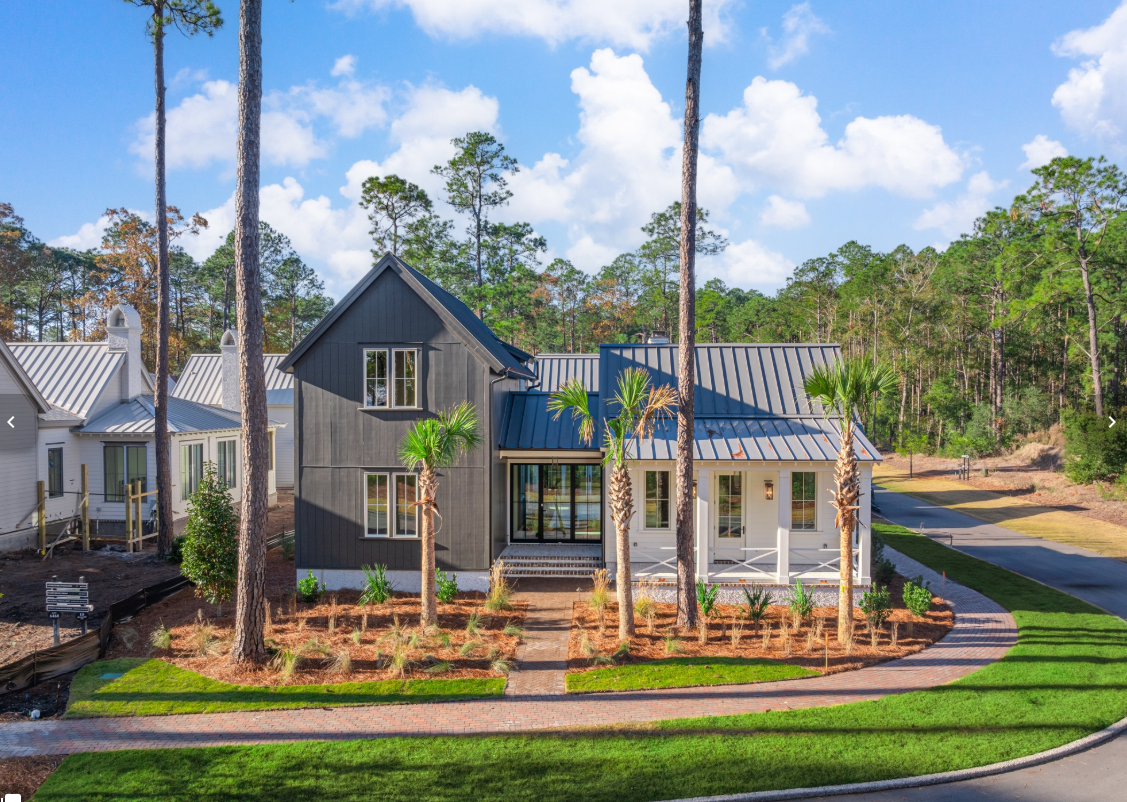
The Ultimate Choice: Building vs Buying a Home in Palmetto Bluff For those searching for Palmetto Bluff homes for sale, this common question often arises: Should you choose an existing residence, or embrace the opportunity to build your own? While a complet...
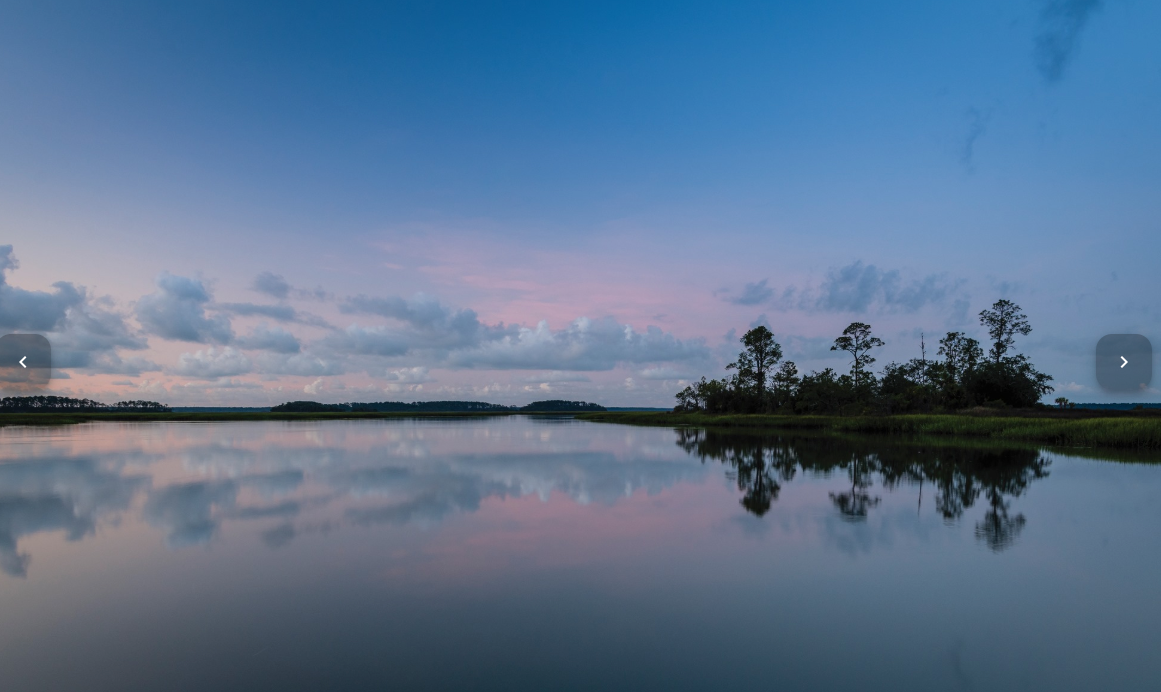
A Complete Guide to South Carolina Winter at Palmetto Bluff South Carolina's winter is unlike any other on the East Coast. While many travelers search for “South Carolina winter” expecting cooler temperatures and limited outdoor options, the Lowcountry revea...
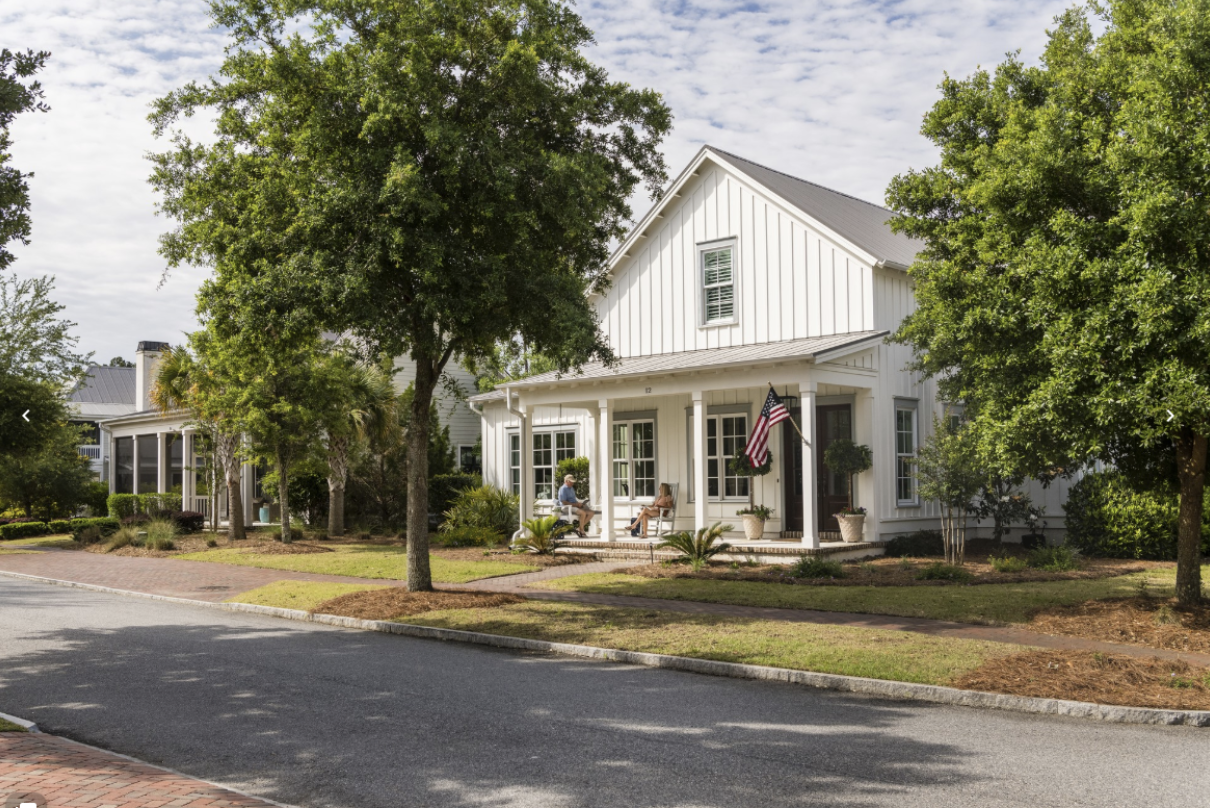
River Road: Where Lowcountry Beauty Meets Elevated Everyday Living Tucked gracefully between Wilson Village and Moreland Village, River Road is one of Palmetto Bluff’s most immersive communities. It's where the pace of life seems to soften, classic Southern ...
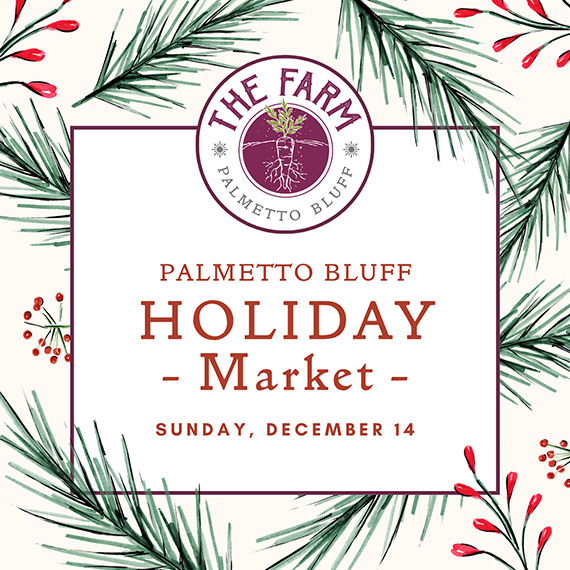
Sunday, December 14 | 9am to 1pmVillage GreenThe season’s most festive farmers market, the Holiday Farmers Market, comes to Wilson Village on Sunday, December 14, from 9am to 1pm. All are welcome to visit and experience the magic of holidays at the Bluff. The ...

Tucked amid whispering pines and overlooking a tranquil water trail, 11 Lyonia Street is where Lowcountry charm meets modern artistry. The newly built residence redefines Southern living with a balance of craftsmanship and calm. This is a home that feels both ...
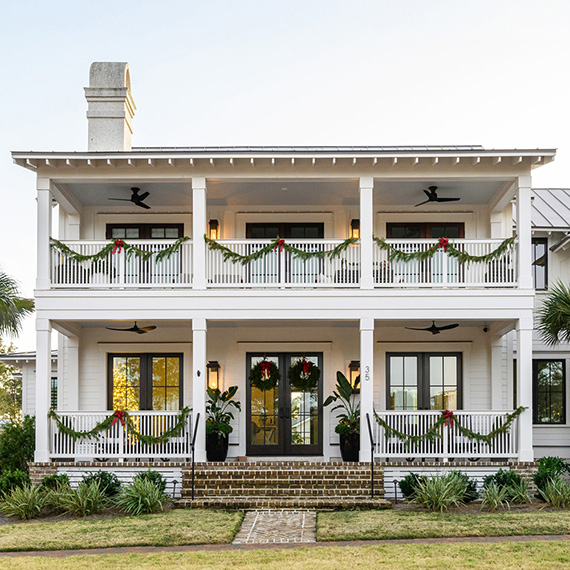
The holiday season in the Lowcountry brings crisp air, oaks draped in twinkling lights, and laughter drifting from homes where families and friends gather once again. At Palmetto Bluff, the holidays are more than just a season; they’re a feeling of togethernes...

https://vimeo.com/1071784239?share=copy&fl=sv&fe=ci We are excited to unveil the official brand identity for Palmetto Bluff’s newest chapter in golf, Anson Point. Designed by golf icons Bill Coore and Ben Crenshaw and set within more than 500 acre...
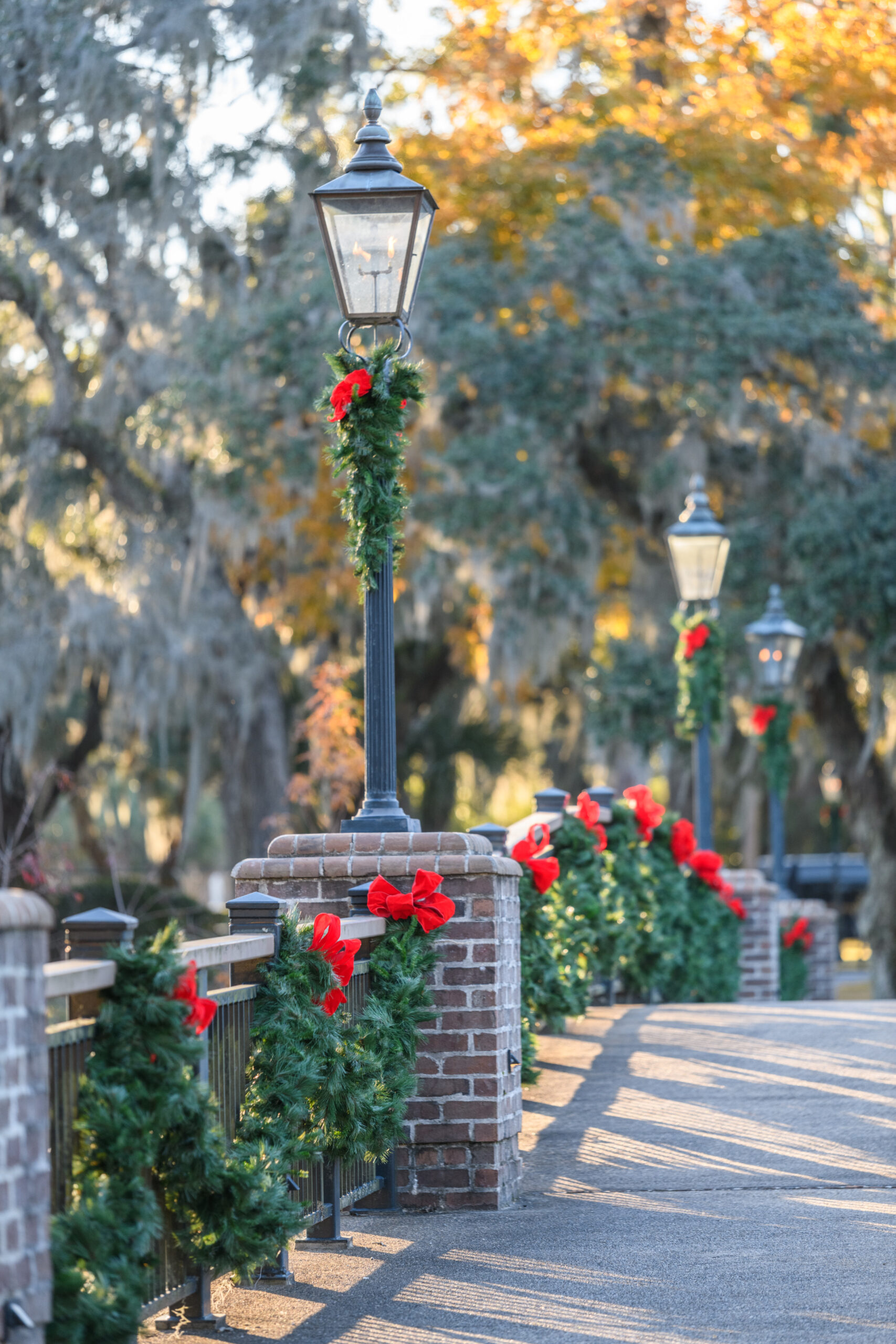
Must-Do 2025 Holiday Events in the Lowcountry There’s no better way to embrace the magic of the holidays than spending them in the heart of the Lowcountry. With its sparkling waterways, moss-draped oaks, and warm coastal charm, Palmetto Bluff transforms into ...
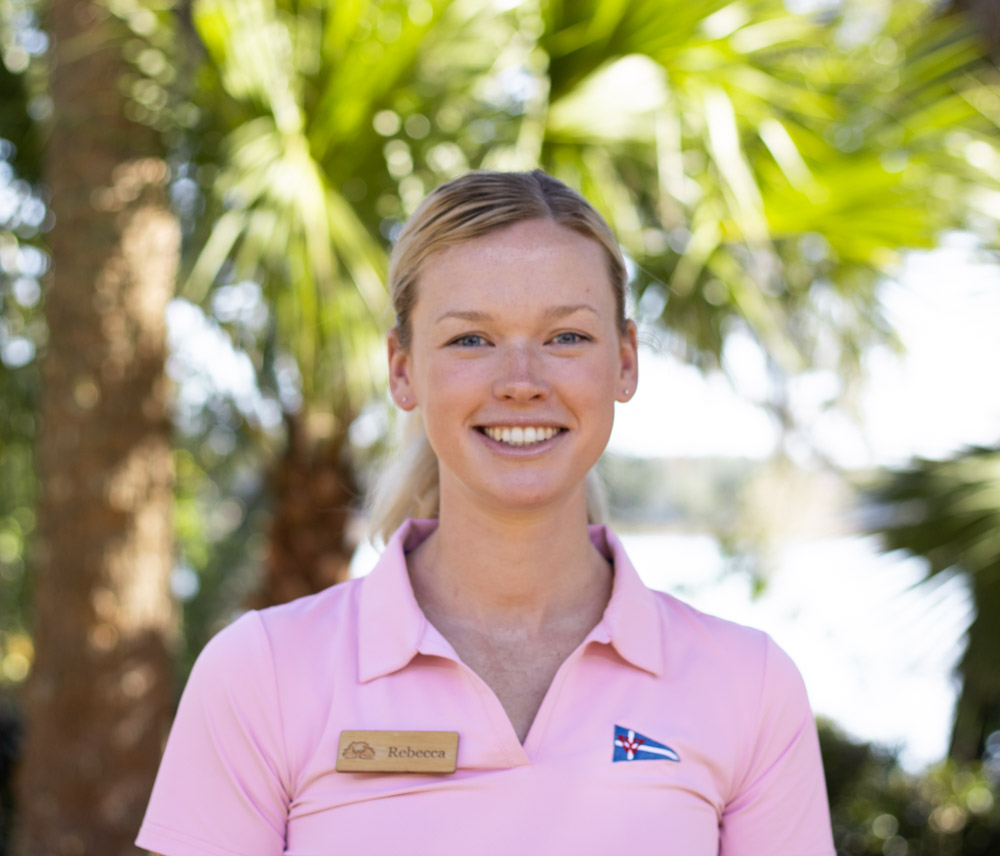
Rebecca’s Journey to Palmetto Bluff For Rebecca McCorkendale, life on the water isn’t just a career—it’s a calling that runs through generations. Growing up on Hog Island, nestled between Hilton Head and Bluffton, Rebecca was raised with salt air in her lungs...
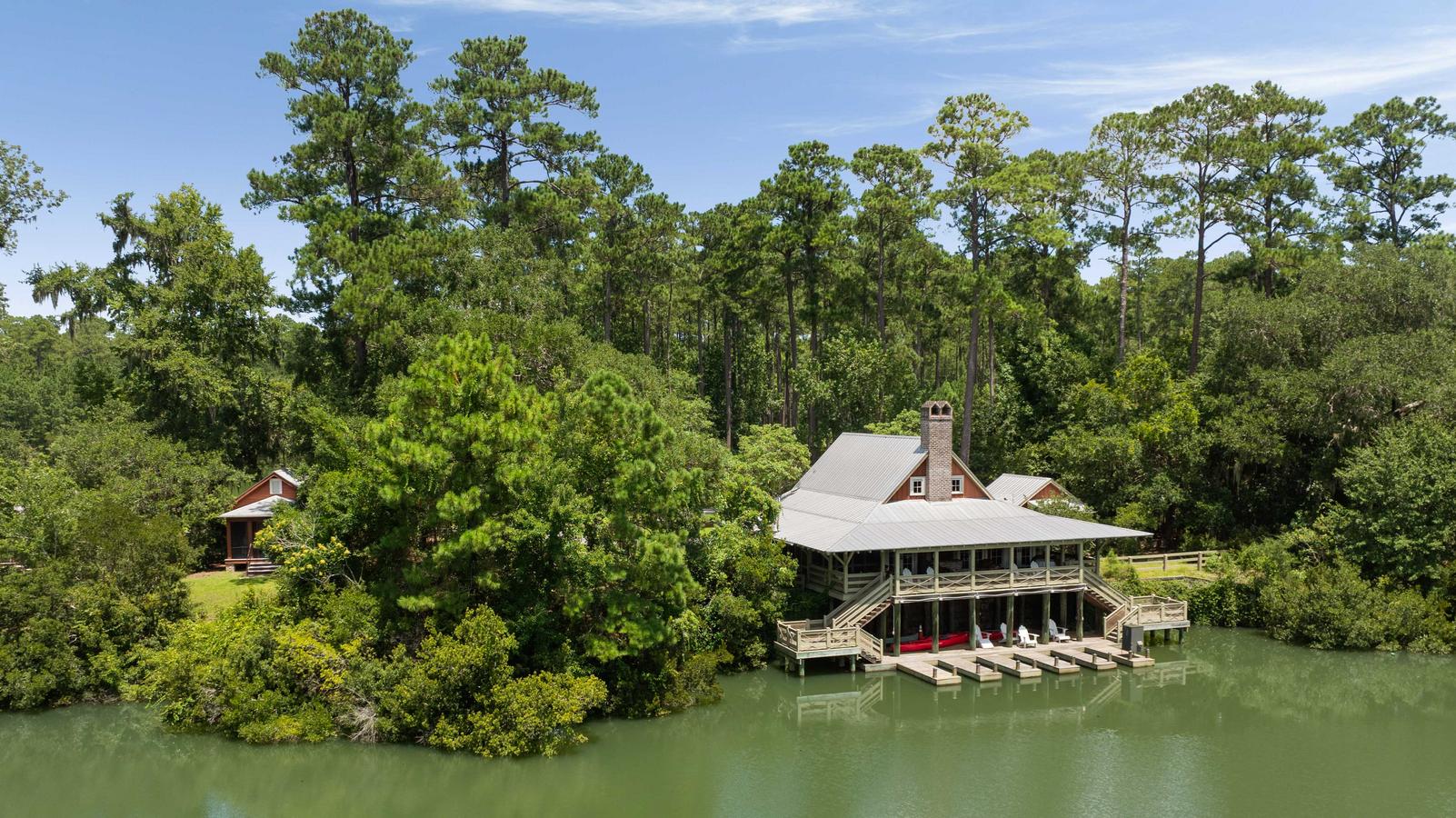
Headwaters Community in Palmetto Bluff Tucked deep within Palmetto Bluff’s untouched maritime forest, Headwaters stands apart as the community’s most private and pristine enclave. With just ten family compounds spread across more than 600 acres of scenic mars...
Learn about the Palmetto Bluff Conservancy and how we keep the vision of our land in place.
On land or water, there is an ever-evolving variety of activities.
We do not attempt to independently verify the currency, completeness, accuracy or authenticity of the data contained herein. All area measurements and calculations are approximate and should be independently verified. Data may be subject to transcription and transmission errors. Accordingly, the data is provided on an “as is” “as available” basis only and may not reflect all real estate activity in the market”. © [2023] REsides, Inc. All rights reserved. Certain information contained herein is derived from information, which is the licensed property of, and copyrighted by, REsides, Inc.